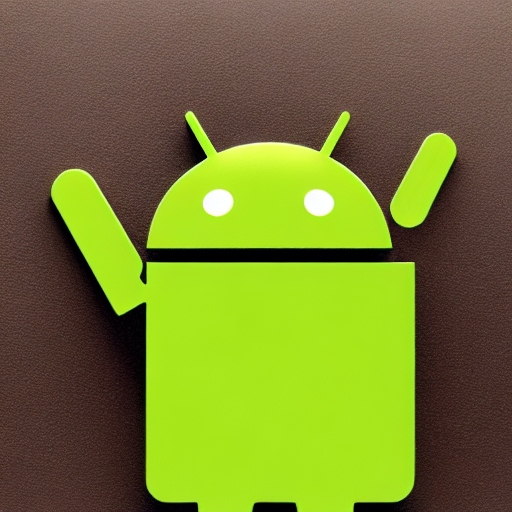10 Accidental Scientific Discoveries that changed the world
Some discoveries arise from complex reasoning, others from “shock”.
Like the one that, it is said, Archimedes had by immersing himself in the bathtub when he sensed the principle of hydrostatic thrust.
Other discoveries, however, occur by pure chance. Or even, by mistake. And not a few are born in this way: just think that Christopher Columbus arrived in the Americas thinking he had reached the Indies, or that penicillin was discovered thanks to a badly cleaned culture plate.
The Anglo-Saxons even coined a word to indicate the role played by chance in scientific discoveries: serendipity. The term has ancient origins: it was coined in full Enlightenment, in 1754, by an English writer, Horace Walpole, to indicate that mixture of genius and luck with which happy discoveries are made.
Serendipity, far from being forgotten, has come back into fashion since the middle of the last century, when the error has also become synonymous with fantasy and creative and imaginative power.
Here are 10 accidental inventions that brought scientific advancements to the world, born by chance, by distraction, or by mistake: from the famous Coca-Cola to cornflakes or microwaves and X-rays.
1. NITROGLYCERIN & DYNAMITE
He lost his laboratory – blown up during the experiment – but discovered the explosive powers of nitroglycerin. The feat was carried out by an Italian, or rather a Piedmontese: Ascanio Sobrero (1812-1888). When, in 1847, the chemist from Casale Monferrato (Alessandria) tried to synthesize nitrocellulose, Italy was not yet born. Sobrero one day heated 2 drops of glycerin in a test tube, there was a roar, and part of his study went up in smoke. However, the dangerous experiment allowed him to synthesize, within 2 years, an explosive: the “fulminant glycerin” or “pyroglycerin”, better known as nitroglycerin. The innovative compound, however, was very sensitive to shocks and thermal variations, exploding at 13.5 ° C.
2. ANESTHESIA
Horace Wells, an American doctor, and dentist realized that nitrous oxide is a gas capable of inducing a kind of alcoholic intoxication in those who inhale it (in 1844 he experimented on himself the efficacy of nitrous oxide as an analgesic, pulling out two teeth). And once he tried it on a wounded man, he had the confirmation that it could serve as an anesthetic: he administered it to a volunteer wounded in the leg and saw that the man no longer felt the pain caused by the wound.
3. CORNFLAKES
The invention of cornflakes was by a doctor, John Harvey Kellogg, employed at the Battle Creek sanatorium (in Michigan). It was the end of the nineteenth century and he delighted in experimenting with vegan recipes in the belief that only with a diet low in animal fat could his patients get back to health.
4. WALKMAN
In the mid-1970s, the Japanese company Sony was developing a portable mini recorder intended for journalists to take interviews. Presidents Akio Morita and Masaru Ibuka transformed the recorder into a cassette player to listen to with headphones.
5. X-RAYS
Superman has many powers. But of these only X-ray vision was also developed by mere mortals. Today, in fact, thanks to radiographs, we carry out diagnostic tests, we take care of ourselves and we use the power of X-rays to check suspicious packages at airports. The revolutionary discovery came while looking for something else, and precisely during the research on electricity that the German physicist Wilhelm Röntgen (1845-1923) was making in the second half of the 19th century as part of things sometimes named after scientists.
6. PENICILLIN
The discovery of penicillin is attributed to the Scotsman Alexander Fleming (1929) who accidentally discovered that his bacterial staphylococcal cultures had been destroyed by fungal colonies. It was proof that microorganisms secreted substances with antibiotic activity.
7. CHIPS
Potatoes arrived in Europe in the wake of the conquistadors, after the discovery of the Americas, and then spread for ornamental purposes, until they were brought to the table by French cooks. But the chips, the round, and thin French fries were instead invented in the mid-19th century by an American chef of Indian origins, George Crum.
8. COCA-COLA
Once, to treat headaches, they did not take analgesics but drank a nice glass of Coca-Cola. The famous drink was born as an antidote to migraines and was invented by an American pharmacist, John Stith Pemberton, in Atlanta (Georgia) in 1886.
9. ICE LOLLY
The credit went to an 11-year-old, Frank Epperson, who in 1905, on an incredibly freezing night in San Francisco, left a glass of water and soda on the window sill with the stick he had used to mix everything.
10. MICROWAVE
The possibility of cooking food with microwaves was discovered in the United States by an engineer: Percy Spencer. One day Spencer, while working on radar, accidentally noticed that a bar of chocolate he had in his pocket had melted. The scholar immediately understood the importance of what had happened: the waves had heated the chocolate until it melted.


